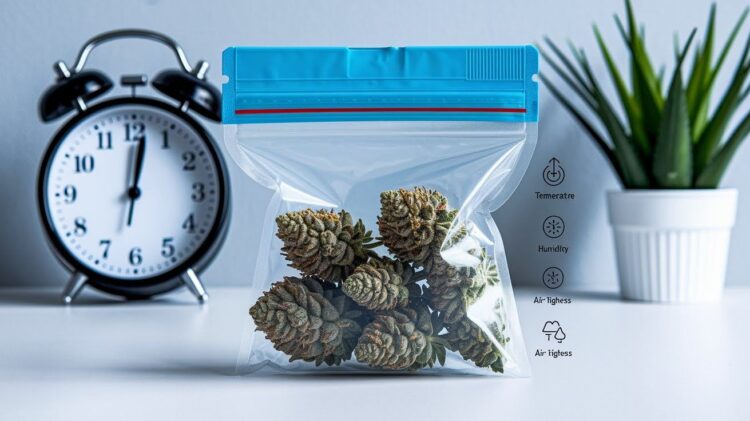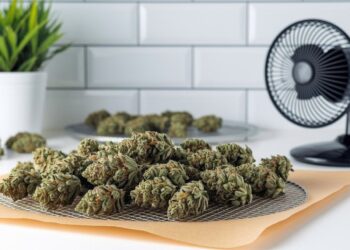You’ve probably been there. You open that Ziploc bag after a week or two, and your weed feels dry and harsh. The smell isn’t as strong. The height just isn’t the same.
Here’s the truth: most people store their cannabis wrong. They grab whatever’s handy – usually a basic ziploc bag – and wonder why their stash loses quality so fast.
This guide will solve that problem. You’ll learn exactly how long weed stays fresh in ziploc bags (spoiler: it’s shorter than you think). More importantly, you’ll find better storage methods that work.
I’ve tested different storage containers over the years of cannabis use. The advice here comes from real experience, not just theory. We’ll cover how long weed lasts in ziploc bags and what makes your cannabis go bad faster.
You’ll also learn about better storage options that keep your stash fresh for months, plus simple signs your weed has gone bad.
Your cannabis deserves better than a Ziploc bag. Let’s fix your storage game.
Quick Answer: Weed Lifespan in Ziploc Bags
Here’s what you need to know right now. Your weed will stay decent in a ziploc bag for 1-2 weeks maximum. After that? It starts going downhill fast.
I learned this the hard way when I first started using cannabis. Bought a nice quarter, tossed it in a ziploc, and forgot about it for three weeks. When I finally opened it, the buds crumbled like old leaves.
Why Ziploc bags suck for weed storage: Ziploc bags aren’t truly airtight. Air sneaks in slowly. This air contains oxygen, which breaks down the good stuff in your cannabis – the THC and flavor compounds.
Light gets through the plastic, too. Even dim room light can damage your stash over time. But wait – there’s hope. Glass jars keep weed fresh for 6-12 months. Vacuum-sealed bags? Over a year. Some people freeze their vacuum-sealed weed, and it stays good for 2+ years.
The difference is huge. We’re talking about preserving your investment instead of watching it turn into expensive oregano. So yes, Ziploc bags work for short-term storage. But if you want your cannabis to stay potent and tasty, you need better options.
What Affects How Long Weed Lasts in Ziploc Bags?
Four main things destroy your weed’s quality in ziploc bags. Understanding these will save you money and disappointment.
1. Air Exposure and Oxidation
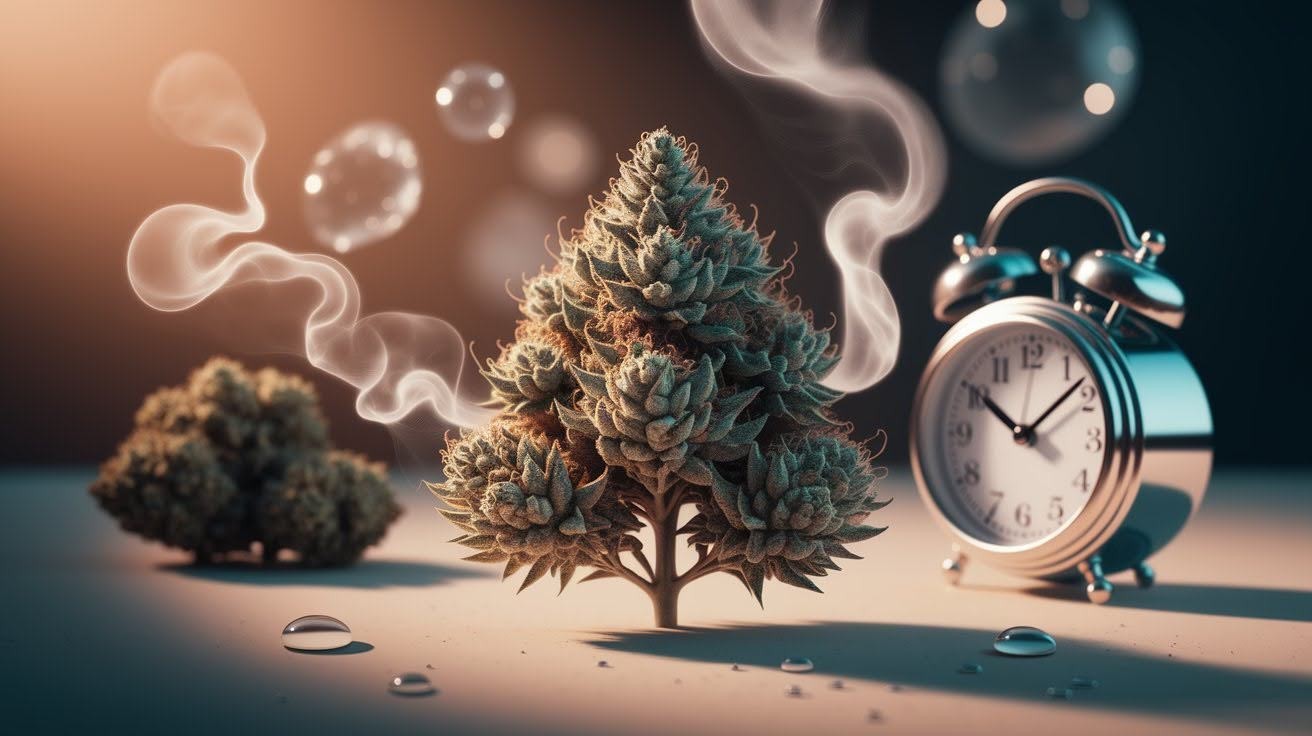
Ziploc bags aren’t as sealed as you think. I used to believe that the “zip” sound meant my weed was safe. Wrong. These bags slowly leak air over time. Even the tiniest gaps let oxygen creep in.
Here’s what happens next: Oxygen attacks the cannabinoids and terpenes in your weed. These are the compounds that give you the high and the flavor. When oxygen touches them, they break down.
THC is especially vulnerable. It turns into less potent compounds when exposed to air. Your strong weed becomes weak weed.
Timeline? Faster than you’d expect. Within 1-2 weeks, you’ll notice your weed feels different. The high won’t hit as hard. The taste becomes harsher.
I’ve seen perfectly good buds turn mediocre just from sitting in a ziploc for two weeks. The air exposure is silent but deadly.
2. Light Exposure Damage
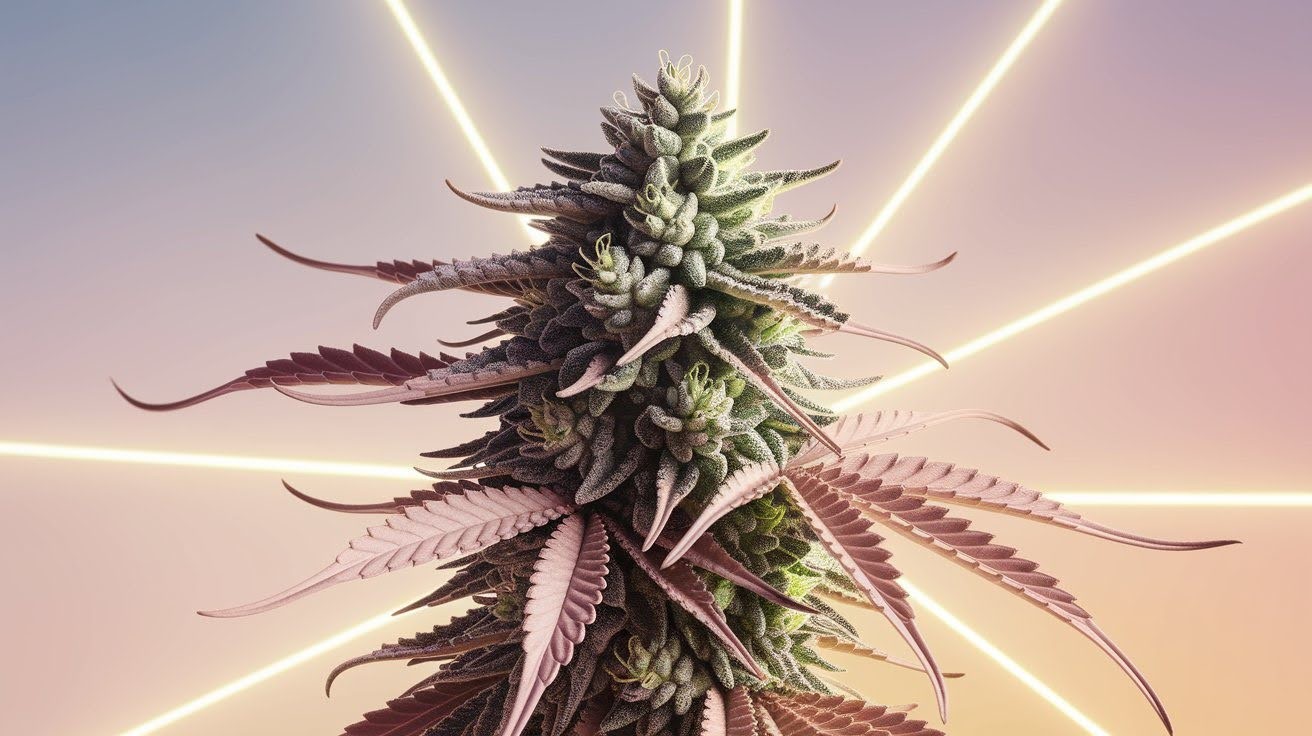
Light is weed’s worst enemy. UV rays from sunlight destroy cannabinoids and terpenes on contact. But here’s the kicker – regular room light does damage too. Just slower.
Ziploc bags are transparent. They offer almost zero protection from light. You might as well store your weed in a fishbowl.
Where you store matters hugely. Keep that Ziploc on a sunny windowsill? Your weed will be ruined in days. Store it in a bright kitchen? Still bad news.
I once left a bag near a lamp for a week. The buds closest to the light turned brown and lost all potency. The ones at the bottom of the bag were still okay.
The connection is simple: More light exposure equals faster potency loss.
3. Temperature and Humidity Issues
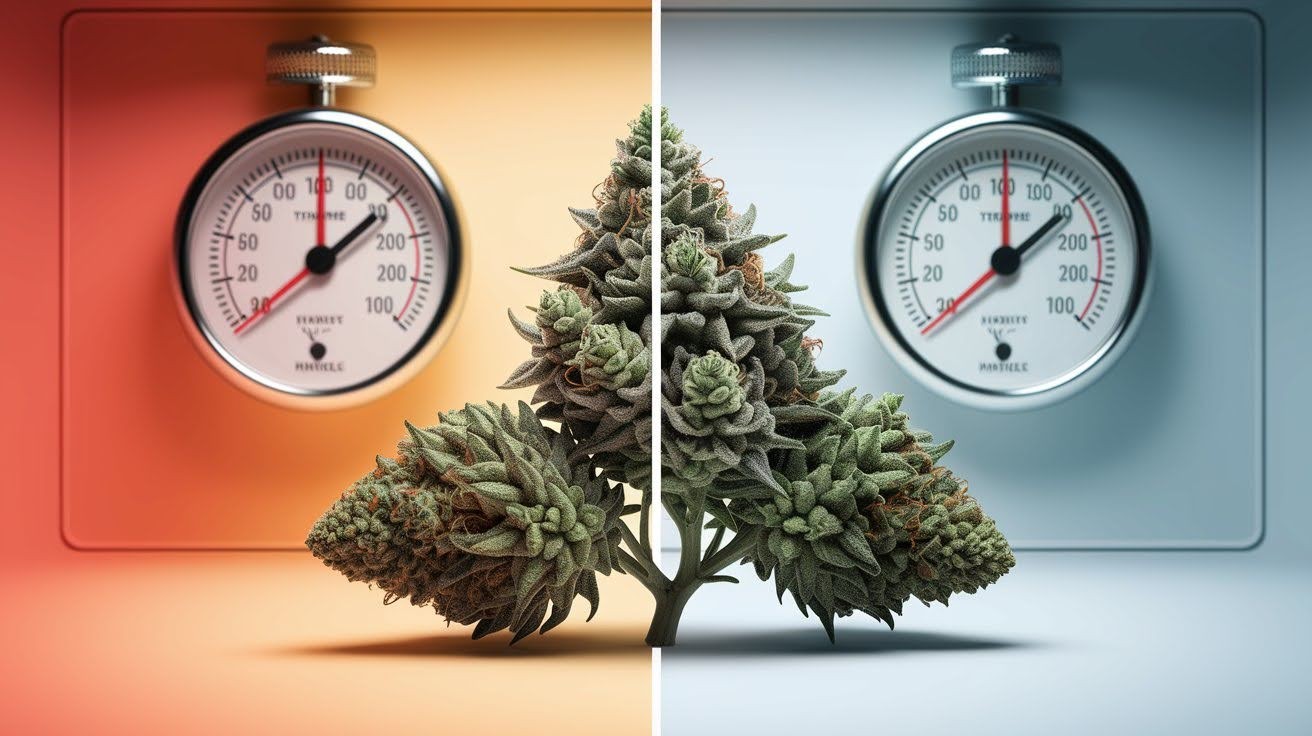
Your weed is picky about temperature. The sweet spot is 60-70°F. Go higher and you’re asking for trouble. Go lower, and you might have different problems.
Hot temperatures are brutal. Heat makes your weed dry out fast. Those precious trichomes (the crystal-like parts) become brittle and fall off. No trichomes = no potency.
Heat also creates perfect conditions for mold. Moldy weed isn’t just weak – it’s dangerous. But cold isn’t always better.
Too much humidity at low temperatures can also cause mold. Too little humidity makes your buds crumble like dust. Here’s the problem with Ziploc bags:
They can’t control temperature or humidity at all. Your weed is at the mercy of where you store it. I learned this lesson during a hot summer. Left my Ziploc in a warm closet for two weeks. The buds came out looking like brown confetti.
4. Moisture Control Challenges
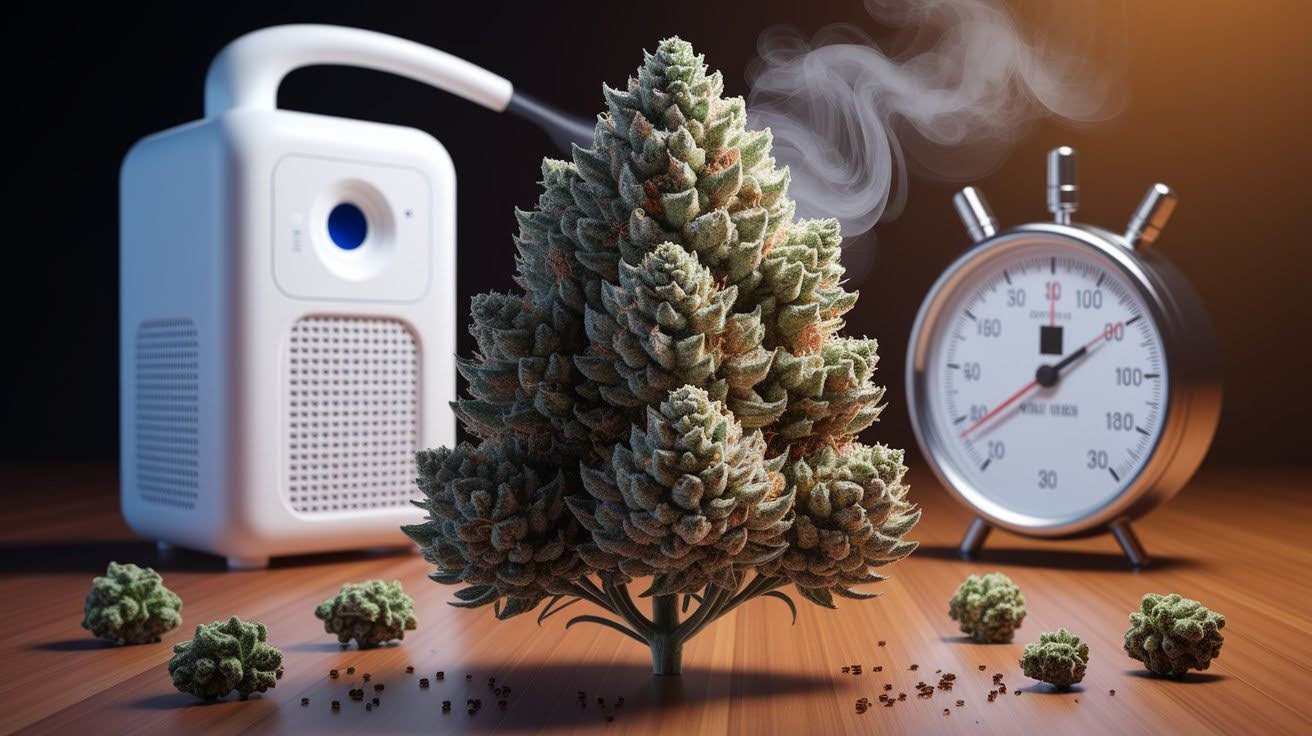
Moisture is tricky to get right. Too much water in the air and you get mold. Fuzzy white spots that can make you sick. Too little water and your buds turn to powder.
Ziploc bags offer zero moisture control. Whatever humidity is in your room becomes the humidity in your bag. Your weed has no protection from moisture swings.
This affects everything about your cannabis: Dry weed burns too fast and tastes harsh. Wet weed won’t burn properly and might have mold. Both situations ruin your smoking experience.
I’ve opened Ziploc bags to find bone-dry weed that crumbled at my touch. Other times, I’ve found slightly damp buds that smelled musty.
The storage environment controls everything when you use Ziploc bags. That’s why they’re so unreliable for keeping weed fresh.
Storage Container Comparison and Timelines
Let’s compare your storage options side by side. I’ve tested all of these methods over the years. The differences are shocking.
1. Ziploc Bag Performance
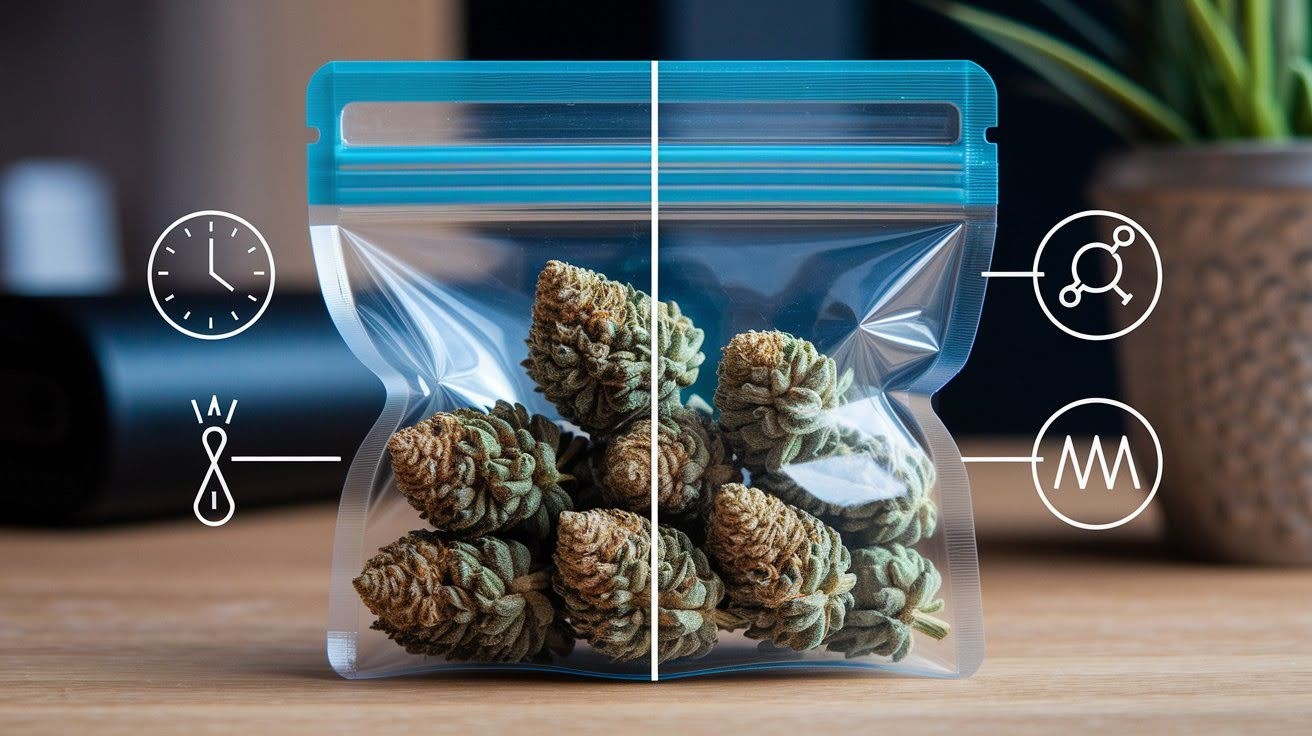
Duration: 1-2 weeks maximum
That’s it. After two weeks, your weed starts losing quality fast.
Why Ziploc bags fail: The seal isn’t truly airtight. I’ve done the water test – fill a Ziploc with water, seal it, and wait. Small drips always appear eventually. If water can get out, air can get in.
Light passes right through the plastic. Your weed gets hit with light damage 24/7. Even in a dark room, some light gets through.
Zero humidity control. Your weed depends entirely on the room’s moisture levels. Dry room = dry weed. Humid room = potential mold.
I used Ziploc bags for months when I first started. Big mistake. So much good cannabis went to waste because I didn’t know better.
2. Alternative Storage Methods
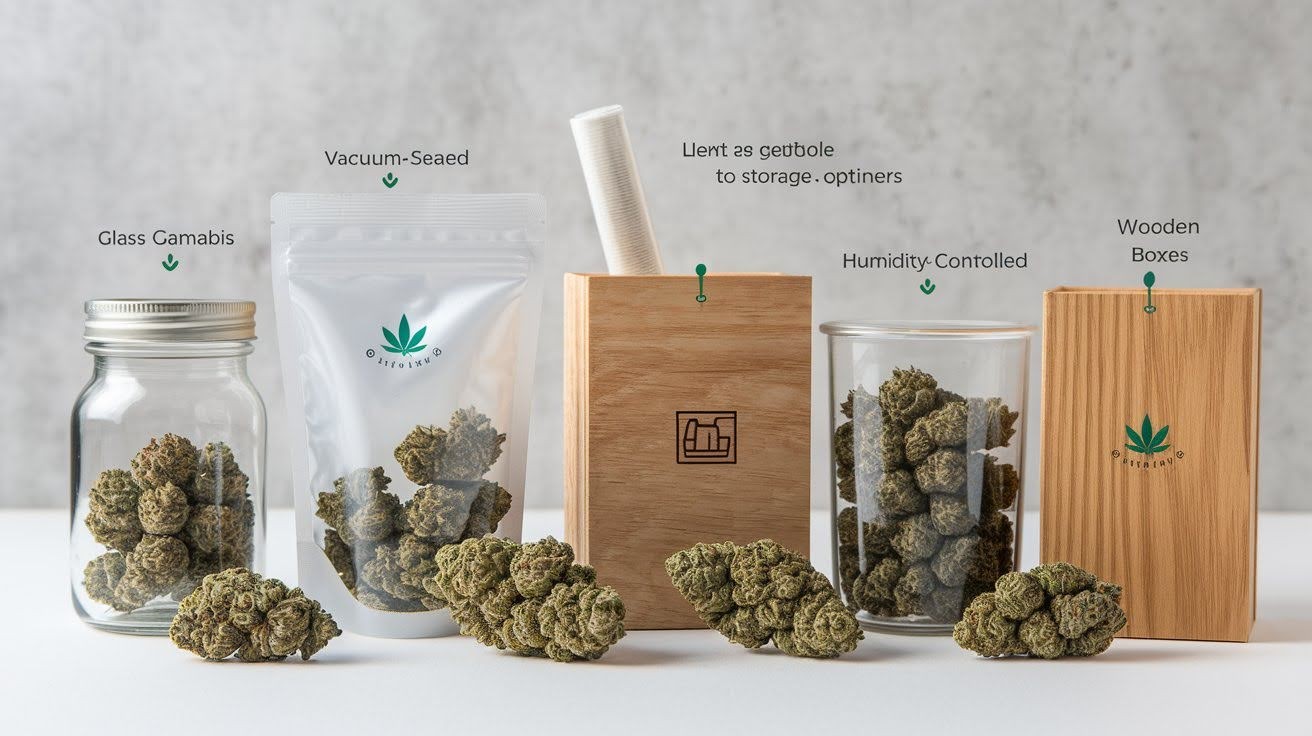
Here’s where things get interesting. Airtight plastic container: 3-6 months
These containers seal much better than Ziploc bags. The lids lock in place. Less air gets in, so your weed stays fresh longer. I use these for medium-term storage. They’re cheap and they work.
Airtight glass jar: 6-12 months. Glass jars are the gold standard for most cannabis users. They don’t leak air like plastic does. Glass also blocks more light than clear plastic.
My personal favorite. Mason jars work great. Those rubber seals create a real barrier against air. I’ve kept weed fresh in glass jars for eight months with no problems.
Vacuum sealed bag: Over 1 year. Remove all the air, and your weed lasts much longer. No oxygen means no oxidation. The downside? Vacuum sealing can crush your buds. Those fragile trichomes get damaged in the process.
Frozen vacuum bag: 2+ years. This is the ultimate long-term storage method. Freezing stops almost all degradation.
I’ve tried this with larger quantities. The weed comes out nearly as fresh as when it went in. Just let it warm up to room temperature before opening the bag.
The comparison is clear:
Ziploc bags keep your weed good for days. Proper storage keeps it good for months or years.
Which method you choose depends on your needs. Quick use? Ziploc might be okay. Want to preserve quality? You need better storage.
Signs Your Weed Has Gone Bad
Your weed will tell you when it’s past its prime.
I’ve learned to spot bad cannabis from years of trial and error. These warning signs will save you from smoking ruined weed.
1. Physical Appearance Changes
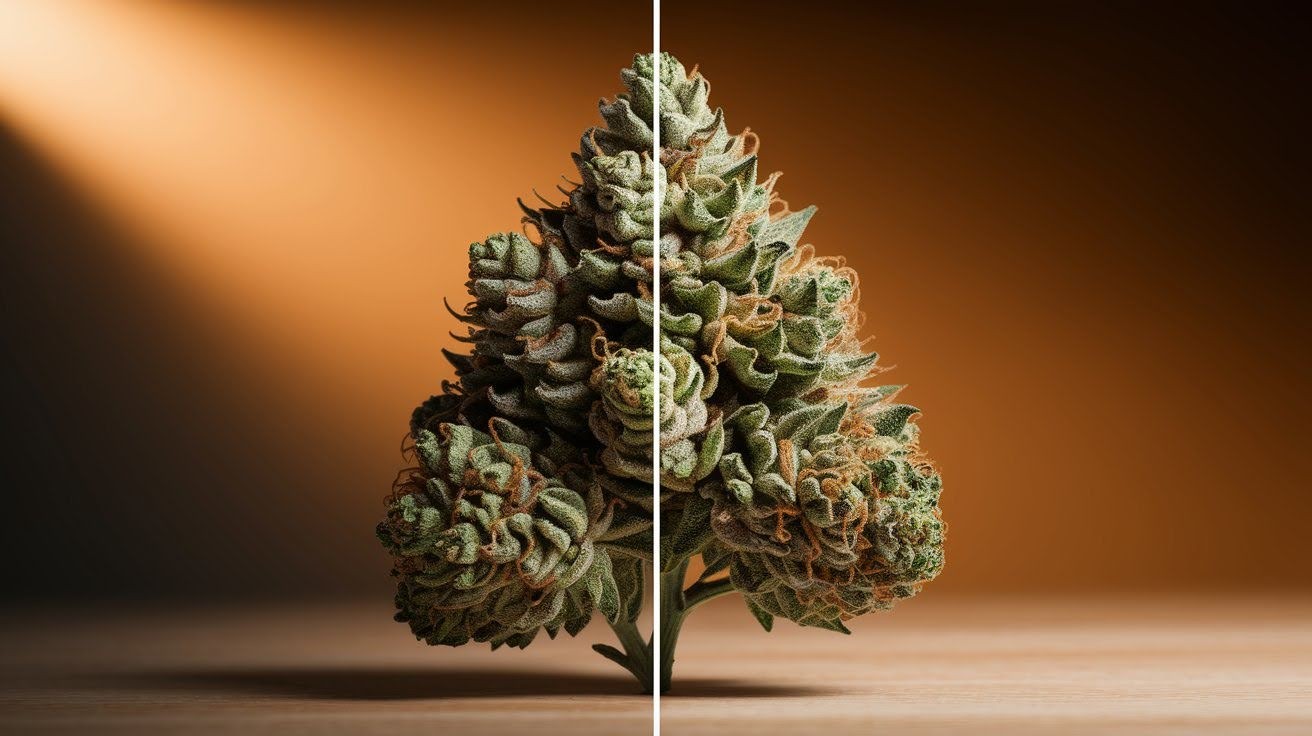
Look at your buds closely before you smoke.
Dry, crumbly texture is the first red flag. Fresh weed should feel somewhat springy when you squeeze it gently. Bad weed feels like dried herbs from your spice rack.
Mold is a big danger.
Gray fuzzy spots mean your weed has mold. Don’t smoke it. I’ve seen people get sick from moldy cannabis. Throw it away immediately.
White powdery formations are another type of mold. Also dangerous. This looks like someone dusted your buds with flour.
Color changes tell a story.
Brown or yellow discolored buds have lost their potency. Good weed stays green. I’ve watched perfectly good buds turn brown after sitting in poor storage for weeks.
Missing trichomes = missing potency.
Those tiny crystal-like structures should coat your buds. When they fall off, your THC goes with them. Bad storage makes trichomes brittle, and they break away.
2. Texture and Feel
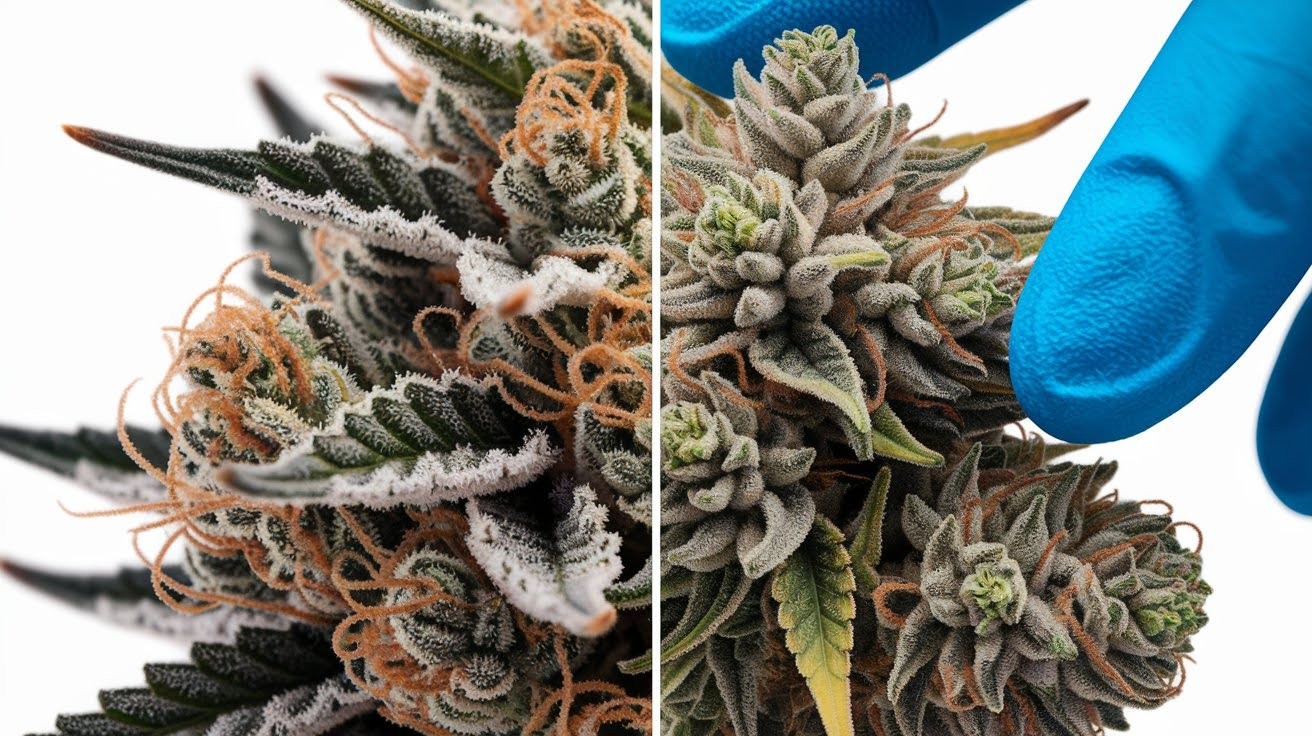
Touch tells you everything.
Fresh weed has some give to it. When you squeeze a bud, it should bounce back slightly. Brittle weed snaps like a dry twig.
The dust test never lies.
Good buds break apart into recognizable pieces. Bad weed crumbles to dust when you handle it. I’ve opened bags to find what looked like green powder instead of buds.
Listen for the right sound.
Fresh weed makes a gentle crack when you break it apart. Like snapping a small branch. Overly dry weed makes no sound at all – it just falls apart silently.
The sticky factor matters.
Quality cannabis feels slightly sticky from the resin. Your fingers should pick up some residue when you handle it. Completely dry buds with no stickiness have lost their potency.
3. Aroma and Smell

Your nose knows best.
Good weed smells strong and distinctive. Each strain has its scent profile. When that smell fades, so does the quality.
Watch out for bad odors.
Musty smells mean mold or moisture damage. Trust your nose on this one. If it smells like old socks or a wet basement, don’t smoke it.
Sour odors aren’t normal either. Fresh cannabis shouldn’t smell sour or rotten. This usually means bacterial growth.
Rancid smells are obvious.
If your weed smells like spoiled food, it’s spoiled. I once opened a bag that smelled so bad I gagged. Straight to the trash.
Weak aromas signal weak potency.
When strain-specific smells fade, the effects fade too. That fruity smell from your favorite strain should stay strong. If you can barely smell it, it’s probably lost its punch.
The bottom line?
When in doubt, throw it out. Bad weed isn’t worth the risk. Your health and your high both deserve better.
Conclusion
Now you know the truth about how long weed lasts in ziploc bags.
The answer is simple: 1-2 weeks maximum before quality starts dropping fast. Ziploc bags just can’t protect your cannabis from air, light, and moisture damage.
Your storage problem is solved. You’ve learned the warning signs of bad weed and found better alternatives like glass jars and vacuum sealing that keep your stash fresh for months.
No more opening bags to find dry, flavorless buds. You now know how to preserve your cannabis properly and get the most from every purchase.
Got questions about cannabis storage? Drop a comment below – I’d love to help you find the perfect storage solution for your needs.
Frequently Asked Questions
How long does weed last in a Ziploc bag?
Weed stays fresh in ziploc bags for 1-2 weeks maximum. After that, it starts losing potency, flavor, and quality due to air exposure, light damage, and lack of humidity control.
Why do Ziploc bags make weed go bad faster?
Ziploc bags aren’t truly airtight, allowing oxygen to seep in and degrade cannabinoids. They also offer minimal light protection and no humidity control, accelerating quality loss.
What are better alternatives to Ziploc bags for storing weed?
Glass jars keep weed fresh for 6-12 months, airtight plastic containers last 3-6 months, and vacuum-sealed bags preserve quality for over a year.
How can I tell if my weed stored in a Ziploc has gone bad?
Look for dry, crumbly texture, mold spots, color changes, loss of smell, or brittle consistency. Fresh weed should be sticky, aromatic, and maintain its green color.
Can I extend the weed’s lifespan in a Ziploc bag?
Store in cool, dark places (60-70°F) to slow degradation, but ziploc bags will still only preserve quality for 1-2 weeks regardless of storage conditions.

